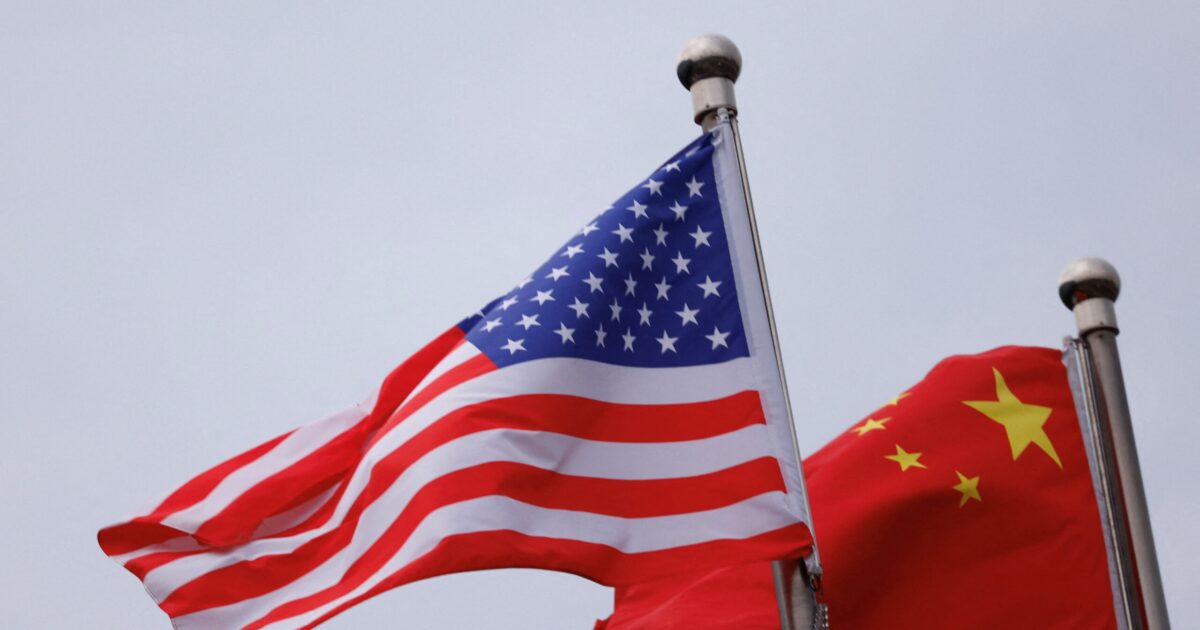They described it as “very constructive”. USA the conversations with her Chinaafter the first day of trade negotiations in Malaysia. The statement came as US President Donald Trump began his trip to Asia, where he is expected to meet the Chinese leader next week.
Officials from China and the US met on Saturday (25.10.2025) in Kuala Lumpur for a new round of talks aimed at easing the standoff between the world’s two biggest economies. A spokesman for the U.S. Treasury Department gave a brief description of the exchange and said it would continue on Sunday, without elaborating, according to Bloomberg.
The Chinese delegation made no public statement after the 5.5-hour meeting at Merdeka 118, the world’s second-tallest building. Vice Premier He Lifeng led the Chinese side and was accompanied by Trade Representative Li Chenggang and Vice Finance Minister Liao Min. US Treasury Secretary Scott Bessent led the American team.
Bessent and He, a longtime ally of Xi, face the task of negotiating new escalating measures their countries have imposed on each other. They also set the stage for Thursday’s expected talks between Xi and US President Donald Trump on the sidelines of the Asia-Pacific Economic Cooperation leaders’ summit in South Korea.
Trump told reporters on Air Force One that he and Xi had “a lot of things to talk about” and that he expected both sides to compromise, though he wouldn’t bet on a deal.
“They have to make concessions. I guess we will too. We apply a 157% tariff on them. I don’t think that’s sustainable for them, and they want to cut it, and we want certain things from them,” Trump said Friday en route to Asia.
The US president will meet with Malaysian Prime Minister Anwar Ibrahim on Sunday to discuss trade, investment and security issues. Bloomberg News previously reported that the president plans to sign economic and critical minerals agreements with trading partners during his trip, his first to the region during his second term.
Trump has said he wants to extend a suspension of higher tariffs on Chinese goods in exchange for Xi resuming purchases of US soybeans, cracking down on fentanyl trafficking and lifting restrictions on rare earth exports.
Earlier in October, Trump criticized Beijing’s decision to expand controls on rare earth elements, raising the possibility of extremely high tariffs on Chinese goods and even canceling his first one-on-one meeting with Xi since returning to the White House this year.
The trade truce, which expires on November 10, is at stake unless it is extended. Months of temporary stability in U.S.-China relations have been upended in recent weeks, after Washington extended some technology restrictions and proposed tariffs on Chinese ships entering U.S. ports.
China responded with parallel moves and announced tighter controls on exports of rare earths and other critical materials. On Monday, the Commerce Ministry convened an unusually large meeting in Beijing with foreign businesses in an effort to reassure them that the latest export controls are not intended to restrict normal trade.
The global impact of China’s export controls underscores how the trade war has created uncertainty in the global economy and trade. Chinese shipments to Southeast Asia and the European Union have soared this year as US tariffs skyrocketed, potentially putting pressure on local manufacturers.
Speaking at an Association of Southeast Asian Nations summit on Saturday, Malaysian Foreign Minister Mohamad Hassan expressed hope for a resolution to the issue, but said he had no expectations.
“We’re crossing our fingers that the US and China come together,” he said. “This will be very good for the whole world, but also for our region.”
